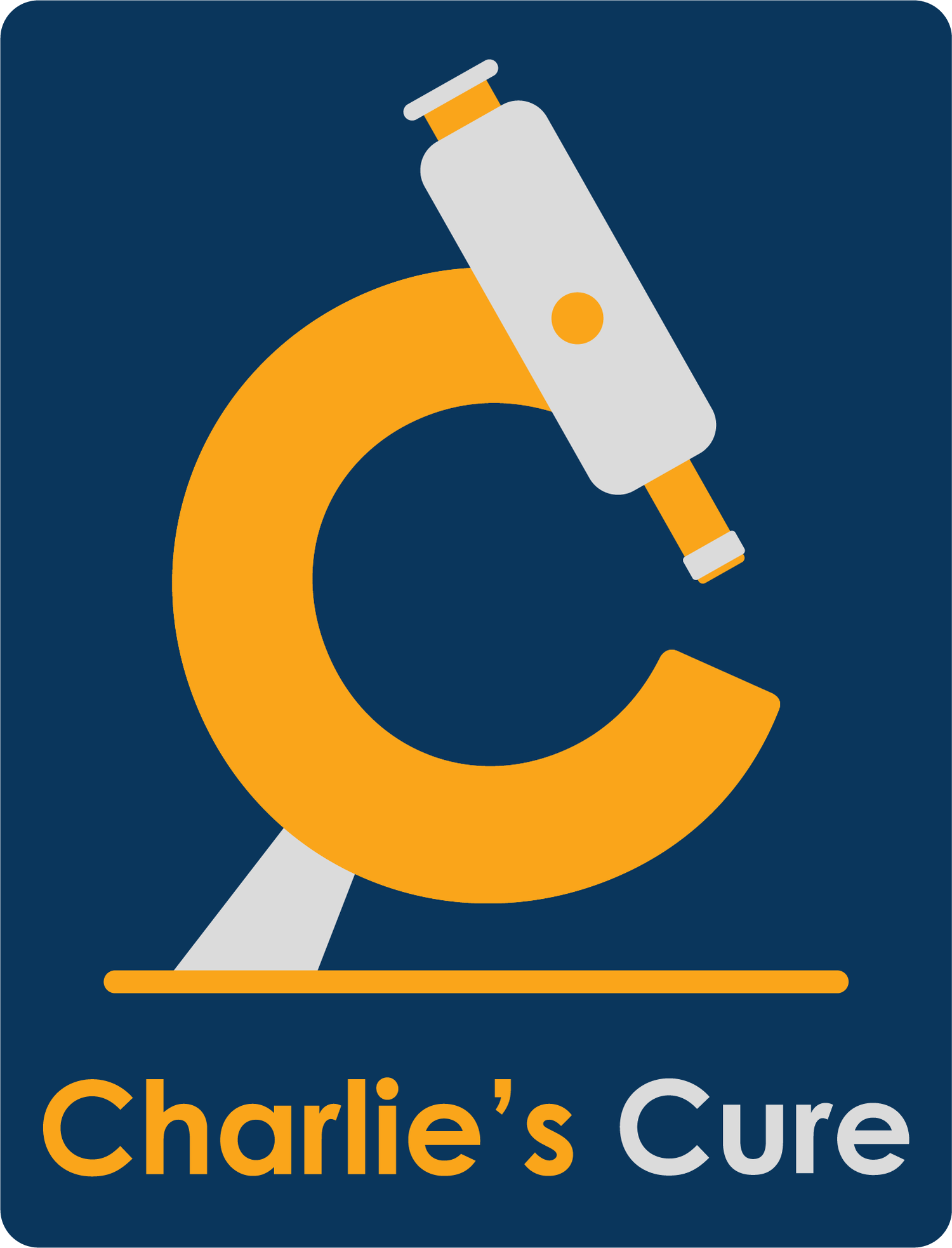A Genetic Typo
Identified by researchers at Boston Children’s Hospital in 1986, the DMD gene is our largest, located on the X chromosome. It typically codes for the protein dystrophin—which supports muscle strength and repair—but when one or more of its 79 exons is missing or duplicated, dystrophin is not produced. That condition is called Duchenne muscular dystrophy (DMD). It impacts one in roughly 3,500 boys, who lack a second, healthy X chromosome to compensate for the mutation.
The disorder is characterized by progressive muscle weakness and fibrosis. When most people exercise, muscle is broken down, then repaired, to build strength; for boys and young men with DMD, damaged muscle fibers will never be replaced. Eventually, patients become non-ambulatory and the Duchenne effects extend to cardiac and respiratory function. Since dystrophin also supports the brain, the lack of it in boys with DMD also impacts their cognition, learning, emotional regulation and behavior. Families dealing with DMD will tell you: It impacts almost every aspect of life.
Since Duchenne was first described by French neurologist Guillaume-Benjamin-Amand Duchenne de Boulogne in the 1860s, patients have had virtually no treatment options; the disease remains a death sentence.
That is changing—quickly—thanks to the dogged search for treatments and cures by dedicated scientists, and the billions of research dollars’ investment that came before us. The availability of gene therapy and the pipeline of other potential treatments help us meet Charlie’s diagnosis with optimism, hope and resolve.
Confirming the Worst
Charlie’s path to diagnosis was paved by his mama’s intuition as he approached his third birthday. We’d begun to notice delays in his first year; he didn’t walk until 22 months. Still, he was making (slow) progress through early intervention services, and we got lots of reassurance from doctors who’d examined him.
The older he got, the more his differences became apparent. We wondered more and more: Could this be something to worry about? We found our way to a pediatric neurologist, who ran tests but did not expect anything to deliver positive results.
She was wrong. We were enjoying a late-summer family afternoon when the doctor called to tell us that Charlie’s CK level was extremely elevated—an indicator of muscular dystrophy. The diagnosis of Duchenne was confirmed via genetic testing in October 2020. Charlie’s missing exons 22-39—a rare mutation on top of a rare disease.

